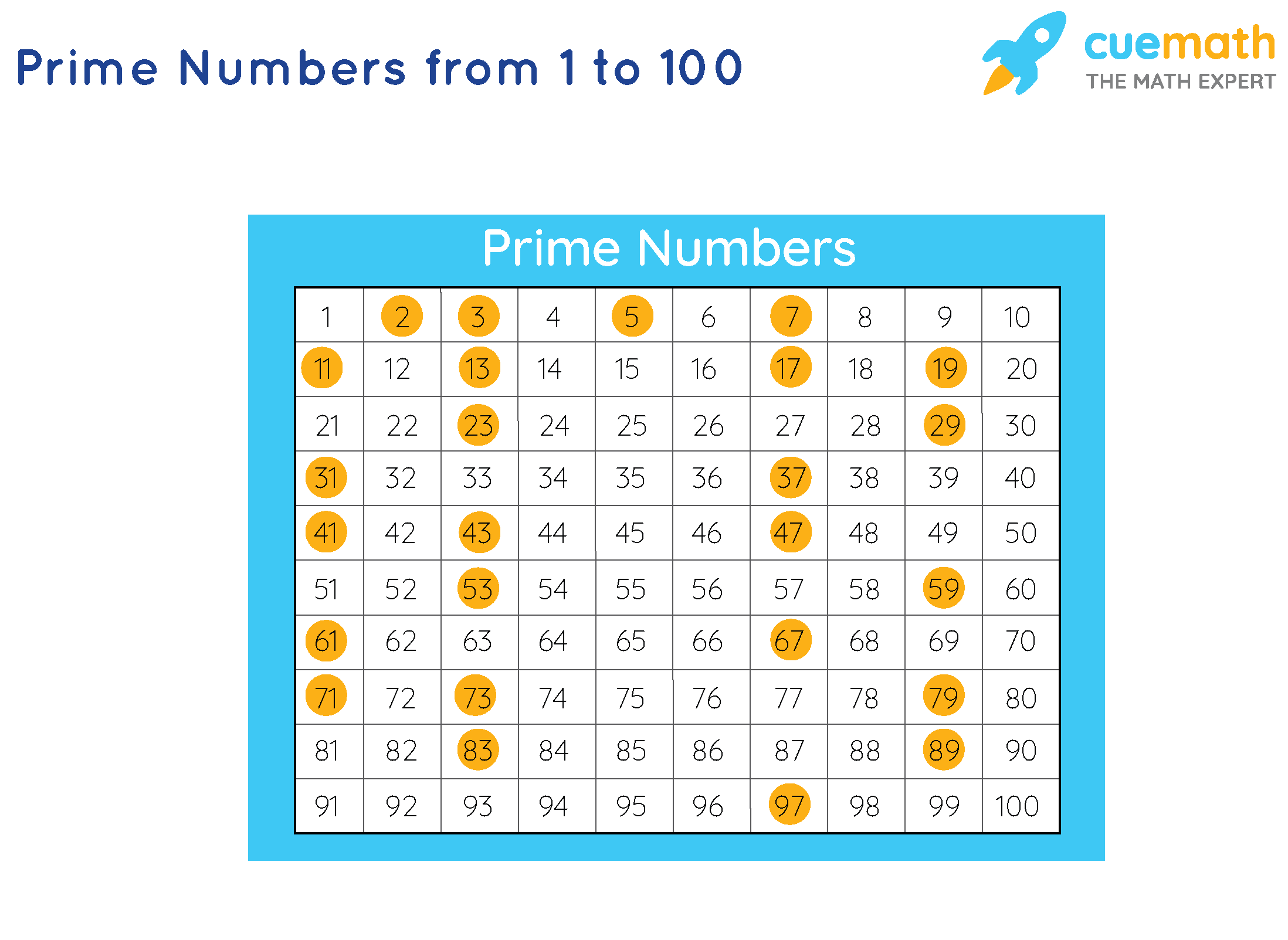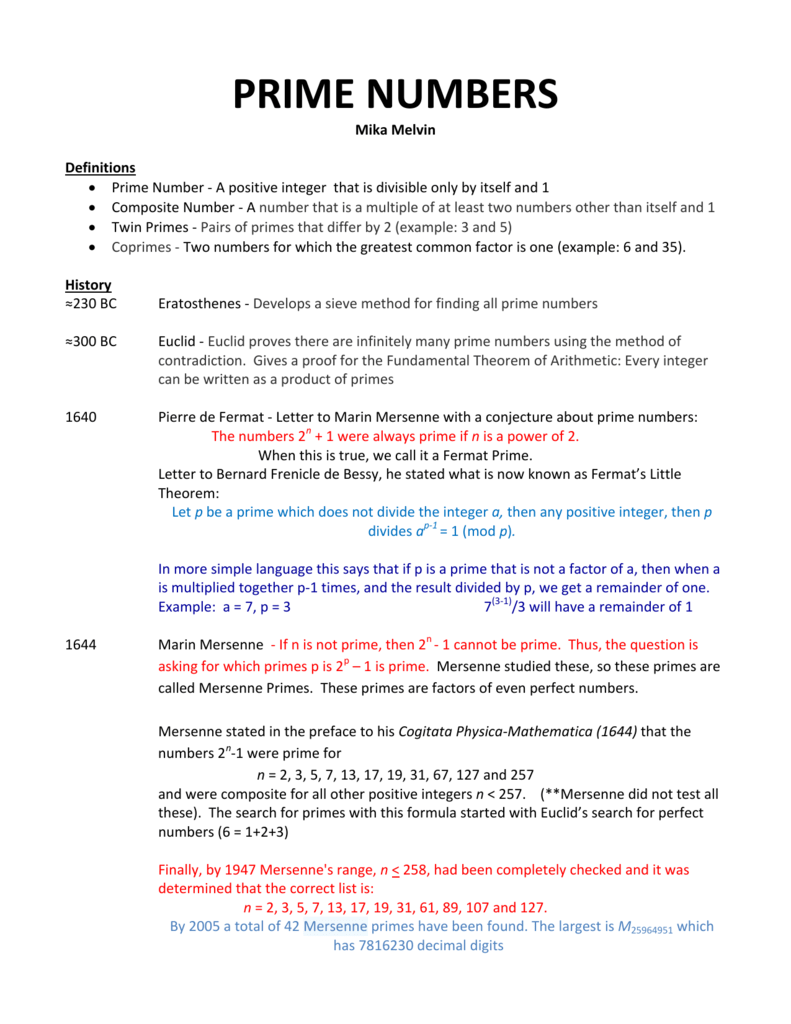Why Are 2 and 3 the Only Consecutive Prime Numbers
Show activity on this post. 1 is not a prime number.

What Is The Smallest 3 Digit Prime Number Geeksforgeeks
All even numbers are divisible by 2 and therefore not prime.

. N 45 Output. The numbers two and three are prime numbers because they both have two factors. 0 and 1 are not prime numbers.
All numbers greater than 5 that end with a 0 or a 5 are not prime as they are divisible by 5. Therefore the count is 3. Some examples of prime numbers are 5 7 11 13 and 17.
So there cannot be another consecutive pair of. Hence 2 and 3 are the only consecutive prime number. Why 2 and 3 are the only two consecutive prime numbers.
The remaining even numbers are divisible by 2 so they are not prime. Therefore we only have 3 possible solutions-113 135 357 Since -1 and 1 are not primes the only possible solution is 357-I no i have the solution here its just i was helped with this and i. Two is the base of the binary system the numeral system with the fewest tokens that allows denoting a natural number n substantially more concisely with log 2.
3 5 7 11 13 17 19 23 29 31 37 41 43. The only even prime number is 2. How do you know that there are no other consecutive prime numbers.
Let x x2 x4 be three consecutive odd numbers. I think Im on the right track in the following text. If i num 0.
So consecutive primes cant contain an even number except for 2 and 1 is neither prime nor composed. 2 it is prime number. See full answer below.
2 3 5 7 11 where n is a natural number. Two is the third or fourth Fibonacci number. To do this efficiently consider a small number of primes say the first 550 primes and select them in a way such that on making a product no number gets repeated.
Modulo 3 those three numbers will have to look like one of 0 2 1 or 1 0 2 or 2 1 0 Hence at least one of them will be a multiple of three. The numbers goes like. And if they are consecutive the difference the two numbers are 1.
How do you find the sum of two consecutive prime numbers. By definition a prime number is a. If X is an abelian variety of dimension d the primes p 2 d 1 will behave well and likely the primes p 2 d 1 will be bad.
Because of all the even numbers starting with 4 are composite its impossible to have two more prime consecutives. The reason that 2 and 3 are the only consecutive prime numbers is because the only even number that is prime is 2. And only two consecutive natural numbers which are prime are 2 and 3.
Now although 2 is even as there is no prime factor other than 1 and itself ie. The only consecutive primes are 2 and 3 because. Consecutive prime numbers refers to a sequence of two or more prime numbers that are next to each other with no other prime numbers in between.
Using these numbers in a sequence such as. So we need to only use those prime numbers whose product wont cross 10 9. 1 and itself and the other numbers divisible by two are all composite so these are the only prime numbers that are consecutive.
The prime numbers are those numbers who do not have any factor other than 1 and itself. The task is to count the number of prime numbers from 2 to. Int maxDifference 0.
5 2 3. If you just multiply consecutive prime numbers after around 3700 numbers the value will cross 10 9. All of that numbers is odd numbers.
This answer is not useful. Even Odd Even Odd Even. For i in rangeestPrimes0 estPrimeslenestPrimes - 1.
41 2 3 5 7 11 13. This means that any pair of consecutive positive integers will either be 12 1 is not prime 23 both prime or will contain an even number other than 2 which cannot be prime. The consecutive numbers 2 and 3 are prime.
The number 2 is the only known even prime number. Two consecutive numbers are not prime as one of them will always be even and hence divisible by 2. A Prime number is a number only divisible by 1 and itself since nothing else goes into 2 but 1 and 2 and nothing goes into 3 but 1 and 3.
EstPrimesappendnum printnum sleep1 num 2 It will only end up printing by twos I know it has something to do with num 2 but why isnt it dividing by the estPrimes list. A number is divisible by 3 if the sum of its digits is divisible by 3. -1 1 3 or 1 3 5 or 3 5 7.
For any pair of consecutive integers one is even and the other odd. 17 2 3 5 7. But the only even prime is 2.
And every even number isnt prime except for 2. Below are the prime numbers up to 45 that can be expressed as sum of consecutive prime numbers. Since the number 3 is a prime number we need to look at those cases where one of those three numbers is 3.
Yes 2 and 3 are the only consecutive primes because in any two consecutive whole numbers one will be divisible by 2. If they are consecutive one must be even and the other odd. Since 2 is the only prime even number Its possible because the next even number 4 is a composite number as is every single even number after that because they are all evenly divisible by 2.
The only number that can be divisible by 2 and still be prime must be 2 itself. Elliptic curves are precisely the 1 -dimensional abelian varieties. The only even prime is 2.
The reason that 2 3 are special in the elliptic curve case has to do with the dimension of elliptic curves. Keep track of the largest difference between two consecutive prime numbers in a variable and if a new difference is larger replace the variable with the new difference. Two and three are the only two consecutive prime numbers.
Num 2 sleep1 else. So there cannot be another consecutive pair of primes. We know that 2 is the only even prime number.
Begin looping currentDifference calculateNewDifference. 2 is the first Sophie Germain prime the first factorial prime the first Lucas prime and the first Ramanujan prime. If p2mod3 p4 is divisible by 3 This means at least one of p p2 p4 is divisible by 3 Since we are looking for prime numbers 3 can be the only number that is divisible by 3.
Apart from those every prime number can be written in the form of 6n 1 or 6n 1 except the multiples of prime numbers ie. EstPrimes 2 3 num 3 run True while run True. Given an integer N the task is to find the number of prime numbers up to N that can be expressed as a sum of consecutive primes.
61 1 5 61 1 7 62 1 11. A prime number is a number that is larger than one and that can only be divided evenly by one and itself.

Pin By David Nacin On Quadrata Prime Numbers Prime Solutions

Prim Numbers Visualization Prim Number Pattern Mathematics Nature Prime Numbers Natural Number Geometry Art

Prime Numbers The Sieve Of Eratosthenes
What Is The Sum Of First 7 Prime Numbers Quora

Quadrata Prime Sum Godoku Sum Sudoku Puzzles Prime

Prime Numbers The Sieve Of Eratosthenes

In This Video Let Us See Divisibility Rule Of Prime Numbers 7 13 17 19 Numbers Ending With 1 3 7 9 By Only Prime Numbers Divisibility Rules Teaching Math

Prime Numbers Definition Examples Expii

Jo Morgan On Twitter Factors And Multiples Number Properties Math Textbook

Prime Numbers Definition Prime Numbers 1 To 100 Examples

Prime Numbers Definition Prime Numbers 1 To 100 Examples

Metis Foundry On Instagram 7 Is The Thirty Fourth Character From Our Upcoming Typeface Due To Be Released In A Weeks Time It S Typography Typeface Instagram

Ex 3 2 3 The Numbers 13 And 31 Are Prime Numbers Both These Number

Pascal S Triangle Pascal S Triangle Number Theory Fibonacci

What Is A Prime Number Examples Of Prime Numbers Video Lesson Transcript Study Com

Prime Numbers The Sieve Of Eratosthenes

Prime Numbers Mathematical Statistical Sciences

Joanna Marin Emerson On Instagram 5 Represents Curiosity And Adventure Five Is Also The Only Prime That Is The Sum Of Two In 2021 Abstract Art Curiosity Marines

Comments
Post a Comment